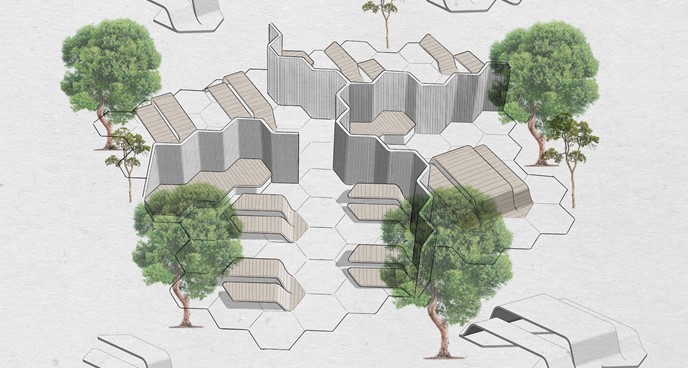When COVID-19 hit, third places suddenly vanished. Churches, coffee shops, hair salons, gyms, post offices, bars, beer gardens, bookstores, parks, community centers, gifts shops, and more. These third places – a term coined by sociologist Ray Oldenburg – are considered inexpensive places where people come together in community. It’s where life continues to happen beyond the home or the workplace. Yet, when the coronavirus hit, these places were lost in the shuffle. Now it’s time to figure out how to rethink and reinvest our existing third places in the face of COVID-19.
Reimagining public spaces
Public spaces are neutral ground where people can gather and interact. When COVID-19 was declared a global pandemic in March, almost all of these spaces disappeared. People retreated into their homes, and the government discouraged everyone from using public spaces. Yet, America isn’t ready for the first place to be the combined front of all the spaces. It’s time to reinvent our existing third spaces, so we can satisfy our needs as human beings.
Right now, we’re in a unique position. Urban planners must integrate new and creative thought into their design. They must find ways to build community when the pandemic has all but torn communities apart. We need larger spaces with accessible and attractive infrastructure that allow social distancing. This requires society as a whole to think outside of the box. Policymakers and urban planners need to work together to give individuals access to public spaces.
How to create public spaces with a human-centered design
Urban design should be created to enhance social interaction. It should be user friendly and respond to current social conditions. When public spaces are created intentionally, they can help solve the problems that we have in society.
What problems are we currently facing? The inability to utilize third places in the face of a global pandemic. However, we don’t have to create entirely new public spaces to address this issue. We can simply revamp the spaces that currently exist to help us reintegrate third spaces back into our lives safely.
Take parks for example. Parks fell solidly into the third spaces category before the pandemic. And now even after they may begin to serve multiple purposes. They’re not only a way for the community to safely reconnect in the midst of a public health crisis, but they’re also a way to work out of the house. With the “work from anywhere” approach becoming so popular, parks could become the ideal spot to work with the right design and infrastructure. All it takes is an urban planner who sees this potential as well. Parks that have benches, workstations, playgrounds, workout equipment, and more could quickly begin to serve a lot of purposes that society has been lacking for the last few months.
Final thoughts
Creating human-centered designs is what is needed to have functional public spaces at this point in time. Taking our existing public spaces and reinventing them with these designs that correlate to current needs could be the perfect way to bring back third places into our lives.







